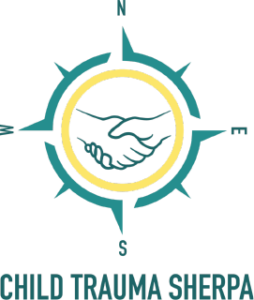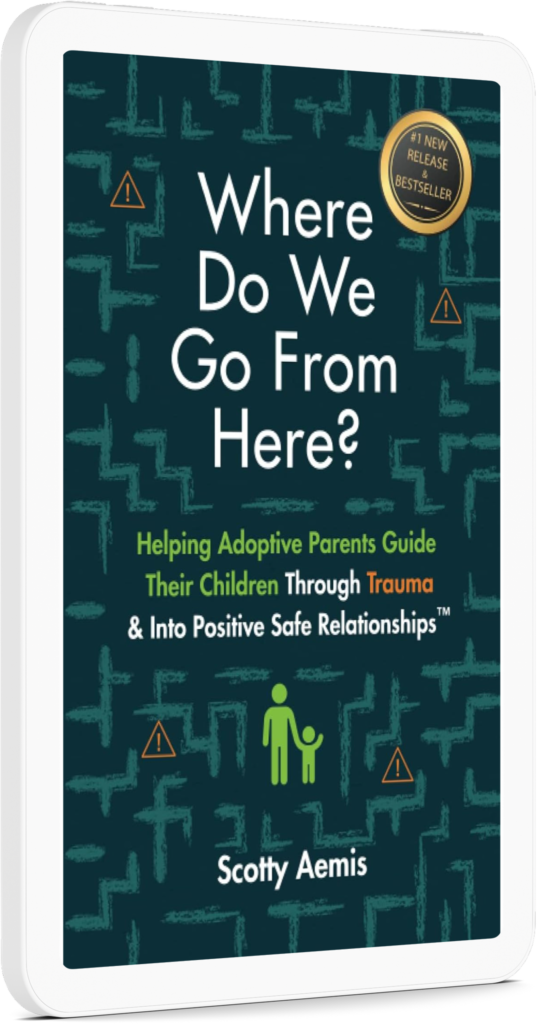Defeating the Cycle of Trauma and Finding Healing in Safe, Positive Relationships
If you are a parent of a child with trauma, your child may have recently received a diagnosis of ADHD (attention deficit hyperactivity disorder). Or perhaps you are an adult recently diagnosed with ADHD with a history of childhood trauma. Either way, scientists are beginning to study if there is a link between childhood trauma and ADHD.
Digging into the Science
Trauma and adversity literally alters the brain’s architecture, especially in children. Trauma leads to an emotional response and even hypervigilance. This “always in fight or flight mode” is what can alter or damage the brain’s neural pathways. ADHD is also a brain development disorder, and both childhood trauma and ADHD can cause ongoing behavior and attention problems.
Often both trauma and ADHD manifest in symptoms such as difficulty focusing, a lack of motivation, inattentiveness, hyperactivity, and impulsivity. It’s important to note that not all people with childhood trauma have ADHD, and not all people with ADHD have experienced childhood trauma or adverse events. Because symptoms of childhood trauma often mimic those of ADHD, it can complicate diagnosis or lead to a misdiagnosis.
But with the commonality in symptoms and effect on the brain structure, combined with the fact that many with childhood trauma also receive an ADHD diagnosis, it makes sense that scientists would begin to dig into a common link between the two.
The CDC (Centers for Disease Control) states that the causes of ADHD are still unknown, with potential causes including genetics, brain injuries, and exposure to environmental risks. However, there are studies that have found that children with ADHD were more likely to have experienced a traumatic or adverse event. Studies have also shown that traumatic stress can worsen ADHD symptoms.
The Cycle of Trauma
Whether or not there is truly a link between ADHD and childhood trauma, one fact still rings true. Symptoms of ADHD and childhood trauma can mean that a child encounters more trouble than one without those behaviors. Inattentiveness in school or at work may be called laziness by a teacher or boss. Hyperactivity is seen as a person acting out and often results in being “told off” or given punishment for the unwanted behavior.
These reactions of others to the symptoms (behaviors) of childhood trauma and ADHD only serve to further traumatize the affected individual, creating a vicious cycle of retraumatization.
Improving Outcomes for ADHD and Childhood Trauma
Whether you have childhood trauma, ADHD, or both, there are several factors known to help minimize the effects of trauma and chronic stress. These include:
- Strong and stable support for basic needs, including adequate housing and food
- Nurturing parenting style, focusing on safe relationships that meet emotional needs
- Access to health care, therapy, and social services, including trauma-informed care
- A trauma-informed school or work environment, including a supportive family environment and social networks
- Learning self-regulation skills to help when our brains become dysregulated, which can help develop discipline, not obedience
Minimizing chronic stress and dysregulation can help improve the lives of those living with childhood trauma or ADHD. And remember, if you are the parent, friend, or co-worker of someone with either diagnosis, it’s key that you approach a situation with curiosity, rather than judgment for what is seen as an overreaction or disassociation to stress.
Final Thoughts
There is hope in healing for both those with childhood trauma and ADHD. The brain is constantly creating new neural pathways, especially through the age of 25, allowing for healing to occur. And because both conditions affect the brain in similar ways, many of the treatments for childhood trauma can also improve ADHD symptoms. By seeking to understand how the brain is affected, and by focusing on safe and supportive relationships, you can help those with either issue (or both) begin to heal. You’ll find a multitude of resources for healing right here on the Child Trauma Sherpa blog!


